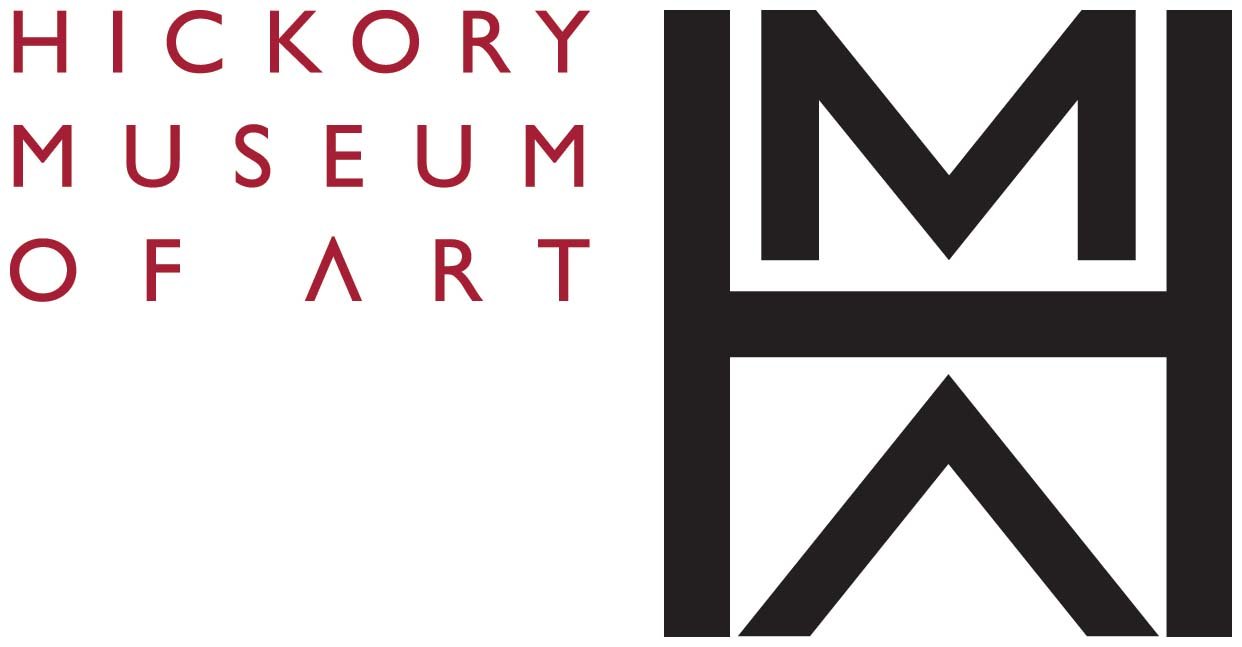Wilford Seymour Conrow (1880-1957)


On this 1951 HMA letterhead, Wilfford Conrow appears both as a "technical Consultant" and as part of the Executive Committee. His continuing deep involvement with HMA was obvious, even if his name is misspelled once on that letterhead.
Teacher, mentor, friend, benefactor: Wilford Conrow was all those things to Paul Whitener. They met in 1941 at an art exhibit near Asheville NC; and over time, Conrow supported Pauls’ ambition to found a museum by providing advice on fund raising, contacts for either money or paintings, as well as the gift of a number of his own paintings. Mickey Whitener Coe observed about that relationship, "Conrow's early influence, connections and knowledge was instrumental in the development of the Hickory Museum of Art."
Although Conrow had always resisted taking students, he agreed to teach Paul. (Perhaps an early example of how convincing Paul could be when he really wanted something.) The two would work together during the summers, when Conrow was at his summer home in Hendersonville, NC, a couple of hours from Little Switzerland where Paul spent parts of his own summers.

Born in South Orange, NJ, Conrow was one of few painters who had not only a college degree, but business experience as well. Conrow spent a year at the New York School of Art after having earned a degree in business from Princeton University. He then worked for ten years in business before traveling to Paris to again study art. When the First World War interrupted, Conrow served as Chief Instructor of Camouflage for the US Army in Europe.
Wilford Seymour Conrow (1880-1957)
Morning, no date
oil on canvas
Gift of Mildred M. Coe, 1994.1
There is a story about Morning that may or may not be true, but it is charming. Supposedly, one day when Conrow was walking down a familiar street in Paris, he happened to see a woman in a window, calling down to the bread seller below for a loaf of bread. This would have been unremarkable except that the woman was completely nude and completely lacking any self-consciousness about it. Conrow later imagined the same scene from inside her apartment, and the result was Morning.
After the war Conrow returned to New York City, married Lyra Millette (she was the head of the American Red Cross and they had met during the war) and set up a portrait studio. Conrow grew to be known as one of the finest portrait artists of his time. Before beginning a portrait, Conrow would learn all that he could about his subject, developing an understanding of the subject’s inner character. This helps account for the warmth and personality that are part of all his paintings.
Below is a selection of Conrow's portraits. Left to right, Madame X, Mr. Jingle, Radio Hour (ca.1940), The Colonel (1929), Miss Mildred M. Rutherford (1929), Tiger Jack (1938), and Mickey (1943). The first two are undated.
HMA’s very first one-person exhibit, in 1945, was of a selection Conrow’s works. HMA owns over sixty works by Conrow, oil paintings as well as numerous sketches.
Information for this story comes from HMA's files and contacts.
First published August 12, 2018 as part of the celebration of HMA's first 75 years.








